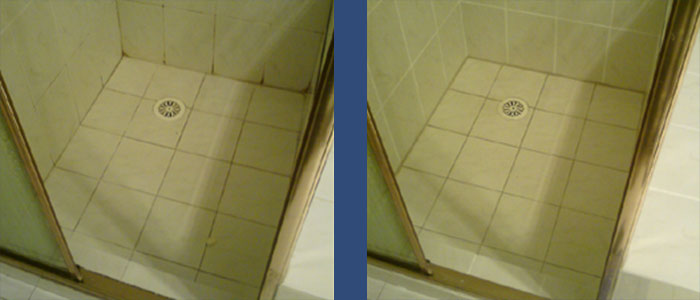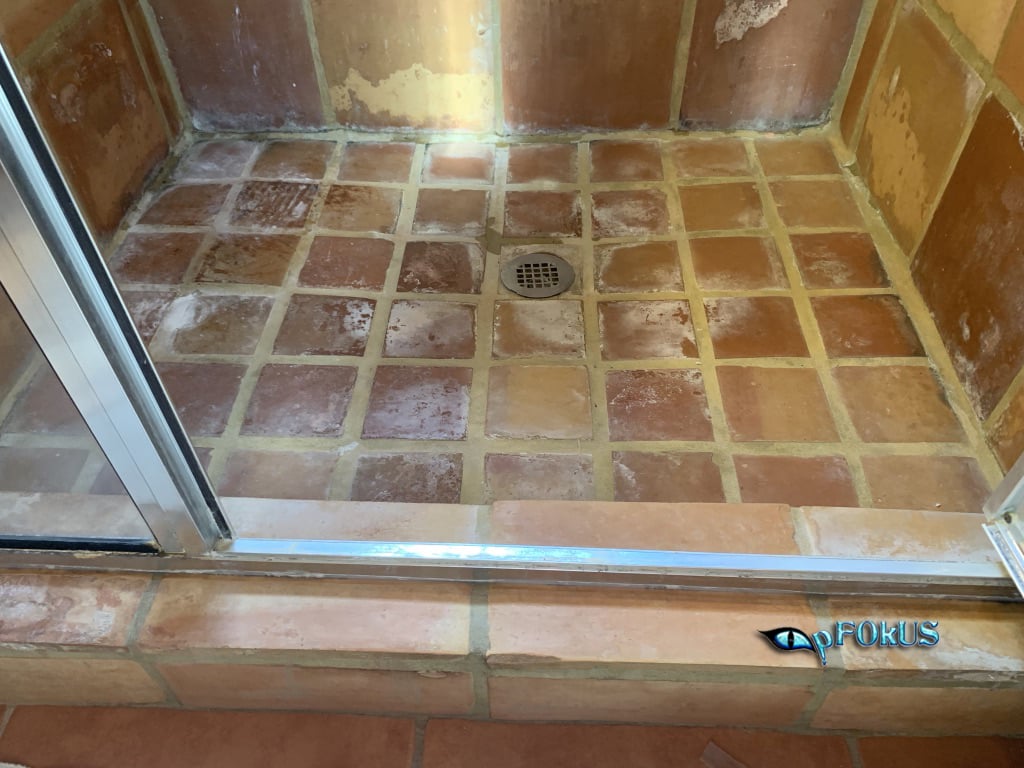On this page in the next paragraph you'll find a lot of excellent points relating to Looking for Signs of Water Damage in the Bathroom.

The washroom is exceptionally prone for damp accumulation and possible water damages because of the frequent use water in it. This write-up uses easy inspection strategies to aid discovering water damage hazards.
The constant use of water in the bathroom makes it exceptionally prone for damp accumulation as well as potential water damages. By checking it frequently, you can reduce water relevant problems.
The following collection of evaluations is easy to execute as well as should be done as soon as in every three months in order to maintain your shower room in good shape and also to avoid possible water problems caused by the bath tub, the shower, pipe joints and also plumbing, sinks, cupboards, and also the bathroom
Do not neglect doing these evaluations and also be extensive while performing them. Bear in mind that these simple assessments can save you a great deal of money by supplying early indicators for water damage
Sinks as well as Cabinets
Sinks and cupboards are revealed to wetness and also humidity day-to-day and are commonly neglected. Check routinely under the sink and also on the countertop over it. Fix any type of drip in the catch as it may suggest drainpipe problems. Browse the sink, slow-moving draining pipes might indicate a blocked drainpipe. Replace sink seals if they are broken or loosened.
Bathtub as well as Shower
The shower and also bathtub need unique attention as well as upkeep. Examine the tiles and replace if fractured. Make sure that there is no missing cement in between the tiles. Examine and also change broken caulking at joints where the wall surfaces fulfill the flooring or the bathtub. Blocked drains pipes and also pipes issues will certainly protect against the bathtub from drying as well as might show serious problems underneath the bath tub. Seek advice from a professional right away to avoid architectural damages. Pay attention to discolorations or soft areas around the tub wall surfaces as they might show an internal leak.
Plumbing
Signs for water damage are difficult to discover given that a lot of pipelines are mounted inside the walls.
Pay unique interest to floor covering and also wall surfaces dampness and also discolorations as they may indicate an invisible plumbing problem. Check wetness degrees in adjoining rooms also.
The Bathroom
The commode is an at risk water joint. Check the water lines and search for leaks around the bathroom seat, in the pipe, and also under the water container. If you detect any signs of wetness on the floor around the toilet, check for leaks in the toilet edge and also container seals.
Realize that hanging toilet bowl deodorants increases the chances for clogs.
Water Damage Signs In The Bathroom To Avoid Cleanup
Musty smell
This is one of the easiest signs to catch because musty smells are so odorous. The damp, earthy, moldy smell should be a big red flag. The smell will develop when moisture gets trapped in surfaces, and begins to facilitate mold growth. Leaking pipes under cabinets, inside walls, and behind shower fixtures will cause moisture to stay trapped and not dry, which will lead to mold growth and spread. As soon as you notice any musty smells in your bathroom, have it checked for hidden water damage and cleanup signs.
Visible mold
If the smell isn’t there to give it away, sometimes you will actually see mold growth. Finding mold in your bathroom is a serious problem, because mold is very harmful to your health. By the time mold growth is visible, it also means that water damage has already occurred and been present for some time. The only way the mold problem can be resolved is to find the source of the moisture and get it stopped. To safely and adequately remove mold, you need to have professionals handle the remediation. Do not waste any time in getting mold problems addressed, fixed, and sanitized so that you can protect you and your family from the many respiratory symptoms caused by mold exposure.
Damaged floors
Bathroom floors should be able to withstand some exposure to water while still remaining in good condition. However, when excess exposure or water leaks occur, they will begin to damage even the most water-resistant flooring. If you notice any cracking, bubbling, staining, or warping on your bathroom floors, there is probably a water leak somewhere causing the distortion. If you notice areas of the floor have become softer, or even have a spongy feeling, there is probably damage to the subfloor. Subflooring is typically made up of plywood. When plywood is exposed to water or moisture, it will absorb it. Once it has become saturated, the weight of the excess water will cause the wood to swell and soften. Check the floors in your bathroom frequently to catch any of these sings before they lead to damaged subflooring.
Changes on walls
When water leaks behind walls, it will cause changes in the drywall. Peeling plaster, blistering paint, and soggy wallpaper are all good indicators that excess water is building up behind the wall. Water leaking behind drywall will cause it to swell and be soft to the tough. If you start to notice gaps along the trim of your walls, or where tile meets the wall, it could also be a strong indicator that there is a leak behind the wall. Any changes, distortion, or damage on the walls should be evaluated as soon as you notice it to prevent further water damage and cleanup.

We were brought to that editorial on How to Prevent Bathroom Water Damage from a good friend on our other blog. You should take the opportunity to distribute this write-up if you enjoyed it. Thank you for your time. Visit again soon.
Get Quote